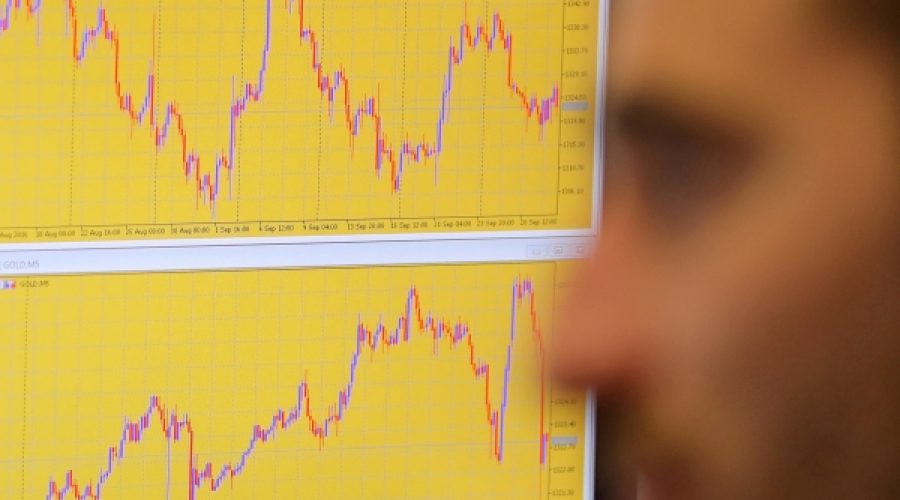New Tariff Threat on China: What It Means for Investors and Businesses in Global and Asian Markets
Stocks in Asia declined on Monday morning following recent threats by U.S. President Donald Trump to impose higher tariffs on all Chinese imports and to cancel a planned meeting with China’s President Xi Jinping.
Early trading saw benchmark indexes in Taiwan and Hong Kong fall about 2%, while South Korea’s Kospi and Shanghai’s composite index each dropped roughly 1%. Japan’s markets were closed for a holiday, though its Nikkei futures index had plunged about 5% on Friday before recovering some losses.
The downturn in Asian markets came after U.S. stocks declined on Friday, triggered by Trump’s social media announcement of considering a “massive increase in tariffs” on Chinese goods. This sell-off erased the S&P 500’s previous weekly gains. Later, Trump clarified his stance, stating the United States would impose a 100% tariff on Chinese products starting November 1, alongside export controls on “any critical software.”
These moves were reportedly in response to China’s declaration that it would restrict exports of rare-earth minerals crucial for producing high-tech products, including semiconductors, electric vehicles, and fighter jets.
Over the weekend, Trump adopted a softer tone on social media, asserting that the U.S. did not want to “hurt” China and expressing optimism with “it will all be fine!” This helped steady U.S. markets, with S&P 500 futures rebounding about 1.3%.
Asian markets had broadly recovered since April, when the U.S. and China announced tariffs exceeding 100% on each other’s goods, causing sharp declines. A temporary tariff reduction agreed upon in May had suggested easing trade tensions, but recent actions reflect how quickly the situation can deteriorate.
Takahide Kiuchi, executive economist at Tokyo’s Nomura Research Institute, warned that these developments “raise the possibility that the two countries could once again enter into a trade war,” with potentially severe consequences for the global economy.
Investment bank Goldman Sachs noted that the critical question remains whether these tariff and export control threats are serious or intended as leverage ahead of upcoming bilateral talks later this month. The bank leans toward the latter, expecting an extension of the current tariff pause.
Despite tensions, Chinese export data released Monday showed resilience. September exports increased by 8.3% year-over-year, despite a 27% decline in shipments to the U.S. This was offset by robust export growth to the European Union (up 14%, the highest in three years), Southeast Asia (up 16%, driven by trade with Vietnam and Thailand), and Africa (up 56%, fueled by demand for batteries, solar panels, electric vehicles, and industrial equipment).
This article originally appeared in The New York Times.
Special Analysis by Omanet | Navigate Oman’s Market
The escalating US-China trade tensions, marked by renewed tariff threats and export controls, signal increased global economic uncertainty that could disrupt supply chains and dampen investor confidence. For Omani businesses, this underscores the importance of diversifying trade partnerships beyond the US and China to mitigate exposure to geopolitical risks. Smart investors and entrepreneurs should monitor regional shifts, particularly in Southeast Asia and Africa’s growing markets, for emerging opportunities as global trade dynamics realign.



